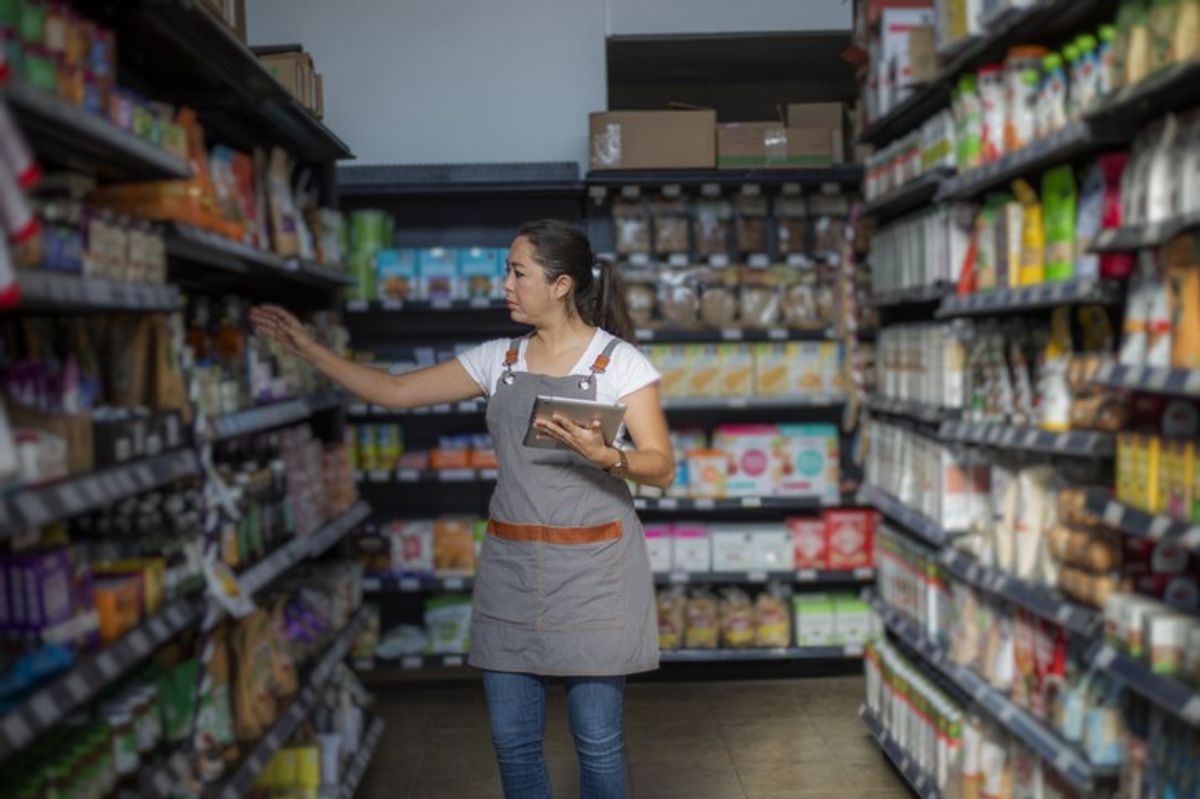With the UK food market expected to contribute £19.3 billion in sales to the UK food and grocery sector by 2028, product differentiation will be key to thrive in this competitive landscape, says a leading data and analytics company.
UK grocers must move beyond competing solely on price and prioritize innovation in their product offerings to attract a growing base of transient shoppers. Developing unique and diverse food ranges is essential to drive long-term growth and customer loyalty.
GlobalData’s latest report, “United Kingdom (UK) Food and Grocery Retailing Market Size, Trends, Consumer Attitudes and Key Players to 2028,” released today (26) reveals that the UK food market, representing 66 per cent of the total UK food and grocery sales, will grow at a CAGR of 2.9 per cent between 2023 and 2028, reaching £143.8 billion. It will be the fastest-growing category within the food and grocery sector during this period.
Eleanor Simpson-Gould, Senior Retail Analyst at GlobalData, comments, “A saturation of loyalty schemes and price matching promotions by UK grocers is fuelling consumer switching behavior. The competition regarding pricing, product variety, and quality has intensified to a point where UK consumers are willing to visit several grocers for weekly food shops to get the best deals.
“Though discounts and promotions are a strong driver of food and grocery purchases for UK consumers, quality and range perceptions must underpin product development strategies as price concerns ease. These factors offer a more significant point of differentiation in this highly competitive market.”
GlobalData’s How Britain Shops Survey reveals that the proportion of UK consumers who stated that branded products are appealing to them in the food and grocery market is significantly lower (50.7 per cent) than that compared to range (87.3 per cent) value for money (81.1 per cent). The low priority of branded goods and high priority of range and value for money drivers is favorable for grocers and indicates a strong preference for private-label ranges.
Simpson-Gould continues, “Grocers must invest in private-label ranges to secure a clear differentiation from competitors, improve impulse spending opportunities and bolster volume growth. A strong private-label offer must include world food options, fresh bakery products, broad ready-meal ranges, snacking and food-to-go items.
"Tesco’s Finest range innovation in 2024, consisting of new summer picnic items and meal deal options, is an excellent example of successful private-label differentiation.”
While core categories, food, soft drinks and hot drinks, will achieve robust growth between 2023 and 2028, alcoholic beverages and tobacco and e-cigarette markets are forecast to underperform significantly.
GlobalData estimates that the tobacco and e-cigarette market will decline at a CAGR of 0.4 per cent between 2023 and 2028, lower than the alcohol market, which is set to achieve a moderate CAGR of 1.6 per cent in the same period.
Ahead of the disposable vape ban in 2025, grocers must ensure alternatives such as e-liquids and refillable tanks are available for consumers looking to switch smoking methods. To combat slowing alcohol sales, grocers should reduce ranges of high-sugar, low-spirit level alco-pops, typically favored by younger demographics and expand their propositions of sugar-free alternative soft drinks, energy drinks and non-alcoholic mixer ranges.
Simpson-Gould conlcudes, “Heightened health concerns, changing social attitudes and government initiatives will inhibit growth in the tobacco and e-cigarette and alcohol markets. Both markets will account for a smaller proportion of the total UK food and grocery sector by 2028, making these categories undesirable areas for product development.”


